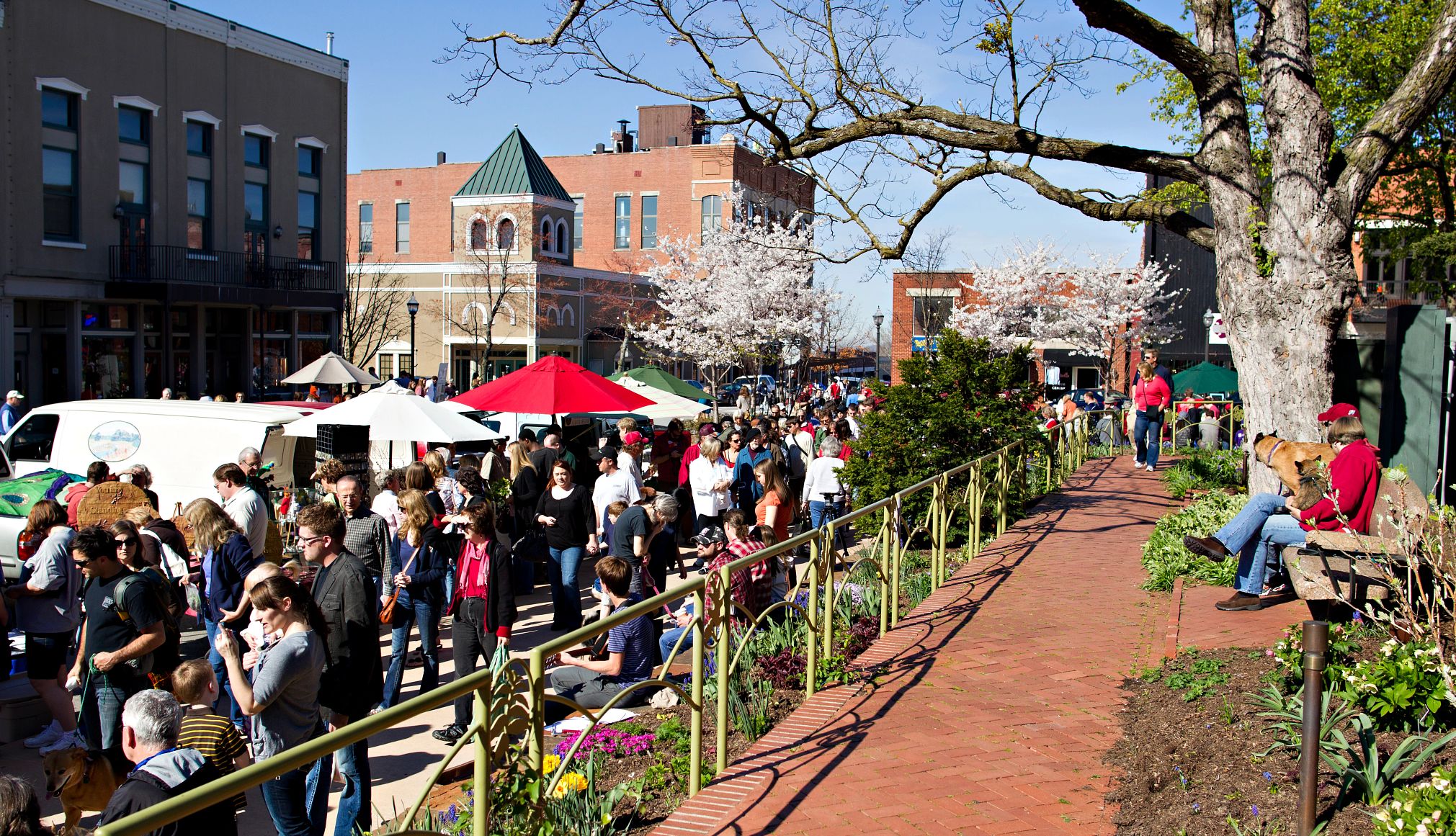Staying Fit


As we emerge from the chill of winter into the bright, warm days of spring, many Americans are getting outside, fixing up their homes and working with neighbors to improve their communities.
Some people 50 and older may be asking themselves deep and important questions: How can I make my house safer and more comfortable for the years ahead? Do I need to move? Is this the best place for me now? What could make it better? Are there cities that would be a better fit as I age?


AARP Membership— $12 for your first year when you sign up for Automatic Renewal
Get instant access to members-only products and hundreds of discounts, a free second membership, and a subscription to AARP the Magazine.
We created the AARP Livable Communities initiative to help people answer these questions. We started by asking what makes a community “livable.” Our research shows that it is one that provides safe, walkable streets; age-friendly housing and transportation options; access to needed services; and opportunities for all ages to participate in local life.
One of the most important choices people make is where they want to live, in terms of both their home and their community. We know that the vast majority of people want to stay put as they age. Yet as we grow older, many of us look around at our homes and find they’re no longer a good fit.
AARP has ideas to help. We have long advocated universal design elements that accommodate the needs of people of all ages, making homes more flexible and a place to age safely and comfortably.


That’s just part of the challenge. It’s great to have a grocery store, a favorite restaurant, a pharmacy, doctors, cleaners and a place of worship nearby, but it doesn’t mean much if your community has not fixed the impediments to getting around.
Far too often, communities that aren’t planned with older people in mind have built-in barriers that cause people to become isolated. Such obstacles contribute to sedentary lifestyles and ultimately force residents to make changes they don’t want to make.
We created the AARP Livability Index platform to help people find a place that meets their needs. This interactive tool measures every town and neighborhood in the U.S. for quality of life in areas including housing, transportation, health, environment, social engagement and economic opportunity.
The score produced from the index helps people identify benefits and challenges in their own town, as well as learn about a new neighborhood where they might relocate.
We have partnered with the National Association of Realtors to integrate the Livability Index tool into the Realtors Property Resource website and mobile app. This allows more than a million Realtors across the country to view the Livability Index data for a property and share that information with their clients. As a result, more homebuyers can factor livability into their decisions.
Since 2017, AARP has invested $16.4 million in nearly 1,400 community challenge grants to nonprofit organizations and governments to support community improvement projects focused on public spaces, transportation, housing, health and food access, and more.
Spring is the season of change. By working together, we can bring positive changes and greater livability to every community.



































































More From AARP
The Best Reason to Keep Voting
This year’s elections give you a chance to shape the future for older Americans
Aging In Place: 5 Changes To Make to Your Home That Won’t Break The Bank
Many want to stay in place after retirement. Here's how
Create A More Secure Retirement
AARP is backing a new protection for your savings
Recommended for You